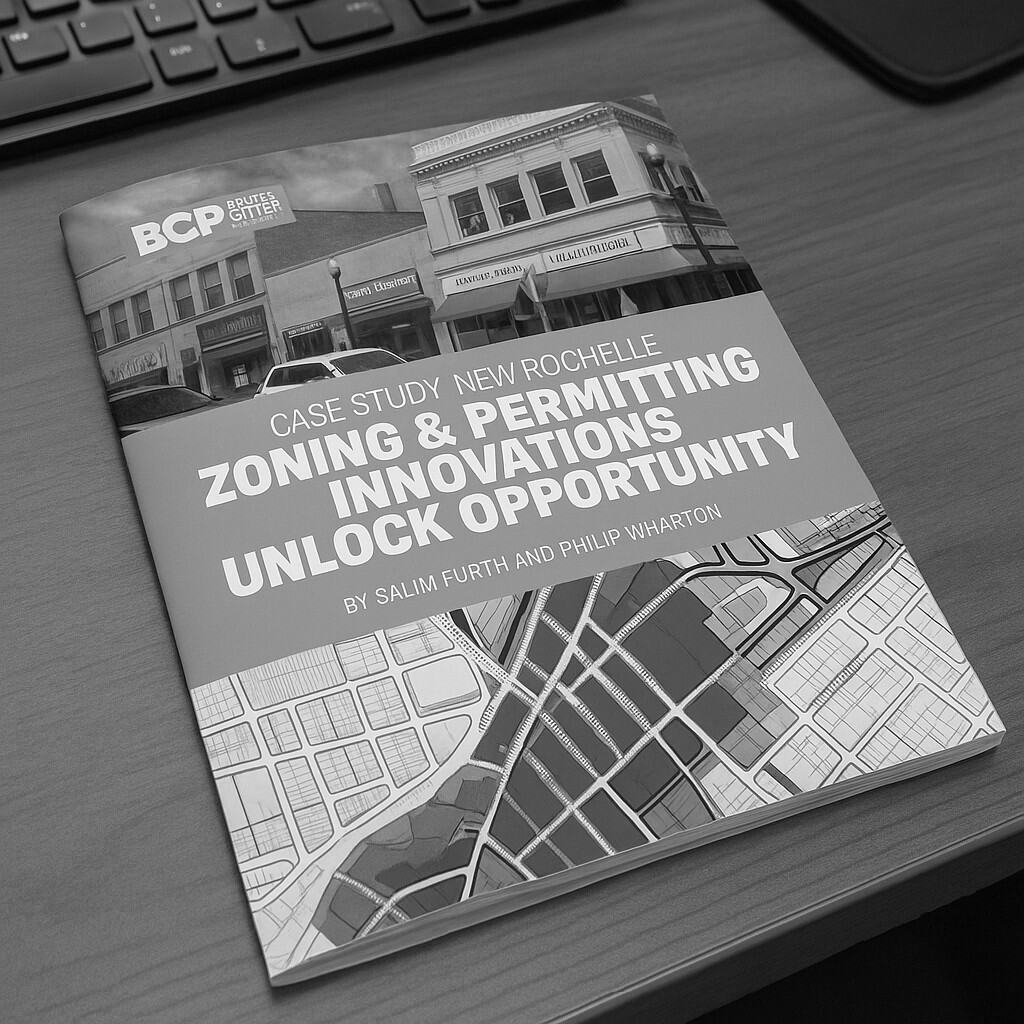The Better Cities Project published a case study on New Rochelle in 2021 so municipal leaders elsewhere could replicate the efforts.
The city’s results stand out in the New York metro area. While median rents in many nearby cities have climbed 25 percent or more since 2020, New Rochelle’s have risen just 1.6 percent. Between 2020 and 2023, they actually fell 2 percent, even as national rents posted double-digit gains. Officials credit a streamlined development process, targeted incentives, and zoning rules that make approvals fast and predictable.
A central feature of New Rochelle’s approach is a “90-day approval” policy for projects that meet preset criteria. By standardizing environmental reviews and adopting a master redevelopment plan with developer RXR, the city front-loaded much of the political wrangling that can otherwise delay new housing for years. RXR alone has invested more than $1 billion in the effort, with occupancy in its flagship downtown tower topping 90 percent.
This is a sharp contrast with the piecemeal zoning changes common elsewhere, where each new project can reignite debates over density and infrastructure. New Rochelle approved thousands of units in bulk, avoiding repetitive fights. Officials and developers also invested in local goodwill, creating amenities like a theater, public art competitions, and affordable housing set-asides—at least 10 percent in each new project.
With a national housing shortage pressing, New Rochelle’s model is attracting interest from other jurisdictions. States like California and Oregon have recently passed measures to reduce permitting delays and expand allowable housing types. On Capitol Hill, a bipartisan housing package with similar aims is moving forward.
New Rochelle’s success suggests that clear rules, political alignment, and predictable timelines can encourage investment at the scale needed to affect prices. It also shows that community concerns don’t have to halt growth if they are addressed alongside new development. For cities struggling with affordability, the lesson may be less about inventing new tools than about using existing ones decisively.
